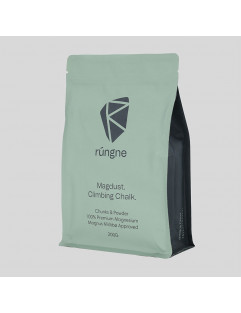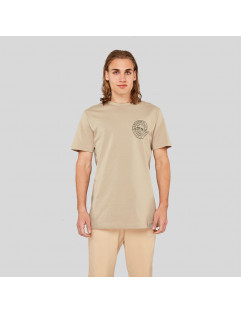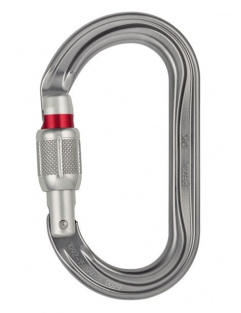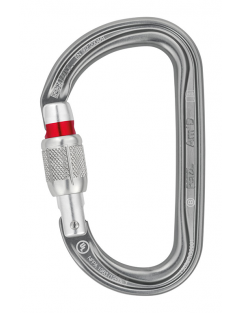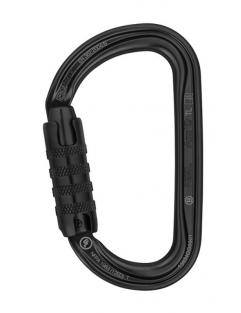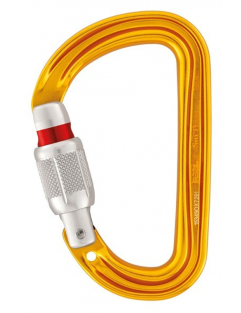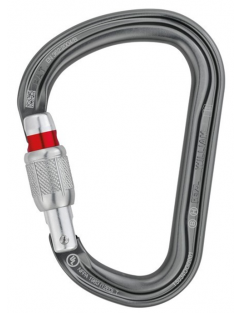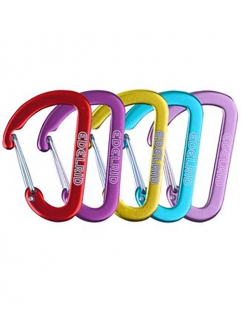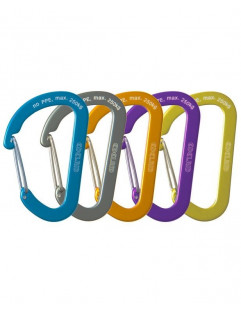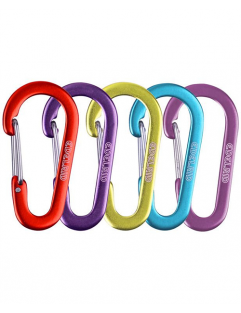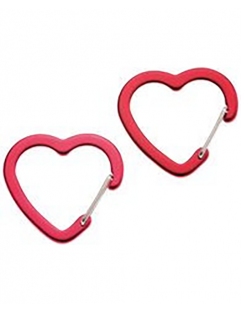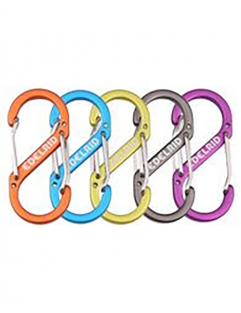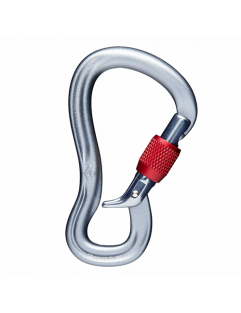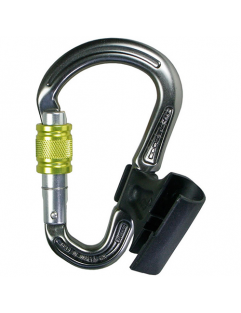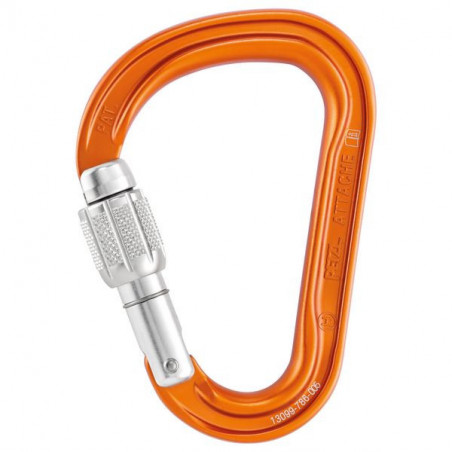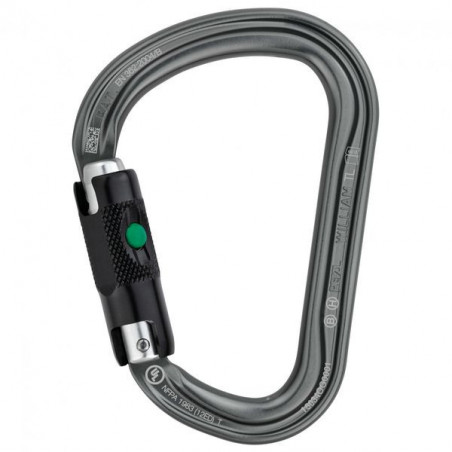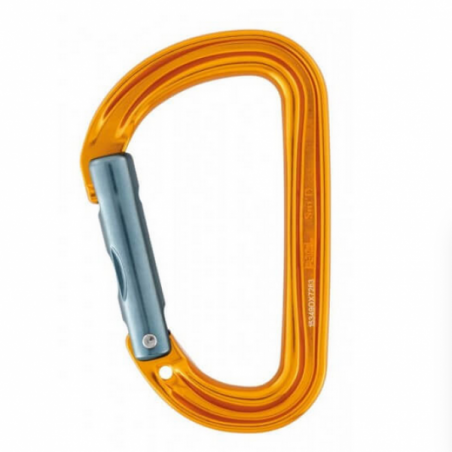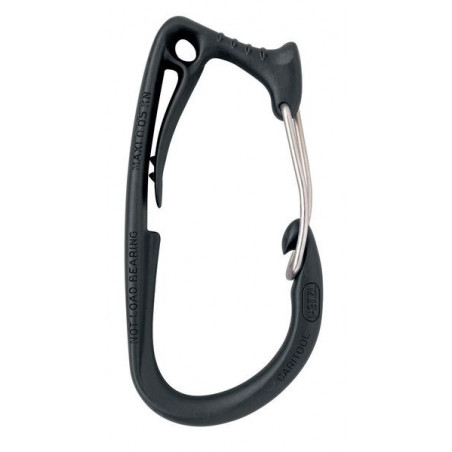New products
home
Arc'teryx -...skin-care
Rhino - Mickeys...locking-carabiners
Petzl - Attache...mens-harnesses
Petzl - Corax...mens-harnesses
Petzl - Corax...Active filters
locking-carabiners
Petzl - OK - Climbing Carabinerlocking-carabiners
Petzl - Am'D - Gray - Climbing Carabinerlocking-carabiners
Petzl - Am'D - Black - Climbing Carabinerlocking-carabiners
Petzl - Sm'D - Yellow - Climbing Carabinerlocking-carabiners
Petzl - William - Gray - Climbing Carabinernone-locking-carabiners
Edelrid - Micro 0 - Assorted Colours - Accessory Carabinernone-locking-carabiners
Edelrid - Aranya - Assorted Colours - Accessory Carabinernone-locking-carabiners
Edelrid - Micro 3 - Assorted Colours - Accessory Carabinernone-locking-carabiners
Edelrid - Corazon - Fire - Accessory Carabinernone-locking-carabiners
Edelrid - Micro S - Assorted Colours - Accessory Carabinerlocking-carabiners
Black Diamond - Gridlock Screwgate - Climbing Carabinerlocking-carabiners
DMM - Belay Master - Climbing Carabiner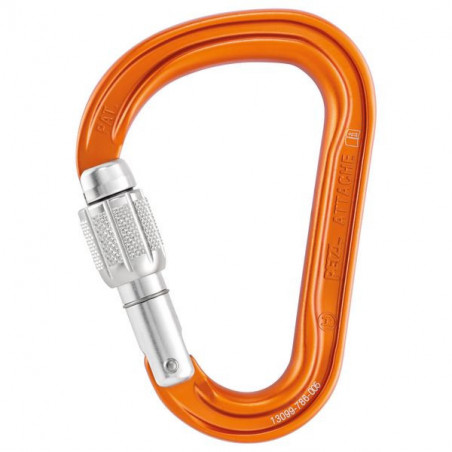
Carabiners
How to Choose Carabiners
Just like with quickdraws, there are certain things to consider when shopping for carbiners. Different tasks require different tools and the three main categories to consider would be the shape, gate opening and weight/strength.
| Shape | Pro | Con |
| D shape carabiner |
Strongest shape Larger gate opening than Oval Shape |
Smaller gate opening than Asymmetric D Heavier than Asymmetric D More expensive than Oval Shape |
| Asymmetric D Carabiner |
Large gate opening Strong and light |
More expensive Not as strong as D Shape |
| Pear Shape |
Large gate opening Designed for belaying and rappelling |
Heavier and more expensive than most other carabiners Not as strong as D & Asymmetric D shape |
| Oval Shape |
Limits load shifting Can hold more gear than D Shape |
Not as strong as other shapes Smaller gate opening than other shapes Heavier than other shapes |
The Gate openings are the same here as they were with the quickdraws. Main categories to look out for are straight, bend or wiregate carabiners.
| gate opening | pro | con |
| straight |
durable and easy to use available with keylock system |
heavier than wiregate |
| bent |
clipping rope is easier durable available with keylock system |
heavier than wiregate |
| wire |
lightweight reduce gate lash less likely to freeze shut |
less durable than straight&bent gate |
Subcategories
-
HMS Carabiners
<p><span style="text-decoration:underline;"><strong>What is a HMS carabiner? If you don’t speak German, it’s a reasonable question.</strong></span></p> <p>It’s actually an acronym for “Halbmastwurf sicherung”, which kind of translates to “Munter hitch belay carabiner.” </p> <p>In American climber slang, the HMS biner gets shortened to a “pearabiner”, which is certainly easier to remember when looking at it's shape. So basically it is a large, locking pear-shaped carabiner, suitable for belaying with a Munter hitch.</p> <p><span style="text-decoration:underline;"><strong>Why use the HMS?</strong></span></p> <p>What are the advantages? For one, using a pearabiner like this offers a wide, quiet flat bottom edge, making it easy to belay off of this with a Munter hitch. The wide gap in the bottom allows the knot to flip back and forth as you take in or let out rope.</p> <p>Furthermore, this wide, flat surface allows you to clip other carabiners onto it and be able to add or remove them easily, even if one carabiner is loaded. If you were to use a different carabner like an asymmetric or “D” shaped one on your master point, the loaded carabiner will often slide/pinch down on the other ones, making removal very difficult.</p> <p></p> <p></p> -
Locking Carabiners
<p><strong>Locking Gate Carabiners</strong></p> <p>Locking carabiners have gates that can be locked once closed in order to add safety and prevent accidental gate openings. They either provide a manual (a.k.a. screw-lock) or auto-locking system.</p> <p>With screw-lock the climber is require to manually screw the sleeve onto the gate to lock it.</p> <p>Auto-lock carabiners however lock as soon as the gate is closed.</p> <p>When using a belay or rappel device it is recommended to use a locking carabiner. You should also consider using them at belay stations and at critical protection placements for more peace of mind.</p> <p><strong>Pros:</strong></p> <p>Locking gate adds security</p> <p><strong>Cons:</strong></p> <p>Heavier than other styles</p> -
None Locking Carabiners
<p>Non locking carabiners come in three different categories:</p> <p>The Gate openings are the same here as they were with the quickdraws. Main categories to look out for are straight, bend or wiregate carabiners. </p> <table width="387" style="height:80px;"> <tbody> <tr> <td>gate opening</td> <td>pro</td> <td>con</td> </tr> <tr> <td>straight</td> <td> <p>durable and easy to use</p> <p>available with keylock system</p> </td> <td>heavier than wiregate</td> </tr> <tr> <td>bent</td> <td> <p>clipping rope is easier</p> <p>durable</p> <p>available with keylock system</p> </td> <td>heavier than wiregate</td> </tr> <tr> <td>wire </td> <td> <p>lightweight</p> <p>reduce gate lash</p> <p>less likely to freeze shut</p> </td> <td>less durable than straight&bent gate<br /><br /></td> </tr> </tbody> </table> <p>The main thing to keep in mind here is that non locking carabiners should NEVER be used as belay, rappel or anchor devices. They are essentially carry tools and should not be used for anything else (except quickdraws).</p> -
Low Load Carabiners
<p>Low load carabiners can ONLY be used as carry tools. They come in different shapes, sizes and colours but are never suited for climbing. </p>





